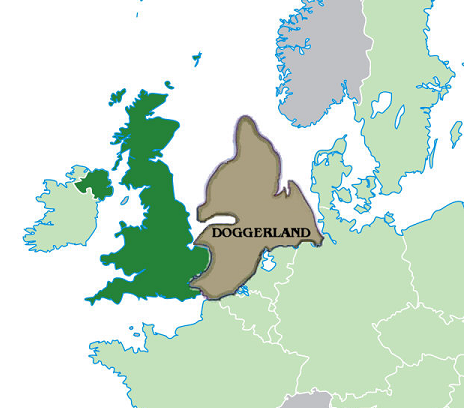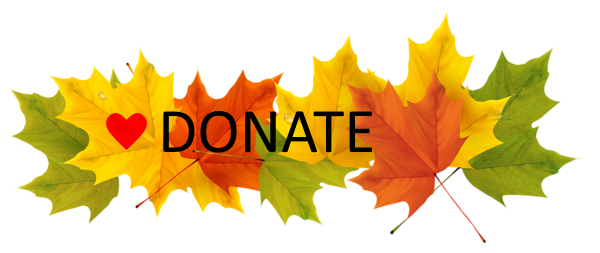- Home
- About
- Contact
-
Exeter
- Trees
- Donate
- Social Media
- Tools
- News
- Blogs
-
IStock
- IStock (Animals)
- IStock (Alder - Common)
- IStock (Alder - Cut leaved)
- IStock (Alder - Grey)
- IStock (Alder - Italian)
- IStock (Alder - Spaeth)
- IStock (Aspen)
- IStock (Ash - Common)
- IStock (Ash - One-leaved)
- IStock (Beech - Copper)
- IStock (Blue Atlas cedar)
- IStock (Crab apple)
- IStock (Fungi)
- IStock (General nature)
- IStock (Golden Chain)
- IStock (Places)
- IStock (Oak - Turkey)
- Puzzles
- Tree Art Shop
- Home
- About
- Contact
-
Exeter
- Trees
- Donate
- Social Media
- Tools
- News
- Blogs
-
IStock
- IStock (Animals)
- IStock (Alder - Common)
- IStock (Alder - Cut leaved)
- IStock (Alder - Grey)
- IStock (Alder - Italian)
- IStock (Alder - Spaeth)
- IStock (Aspen)
- IStock (Ash - Common)
- IStock (Ash - One-leaved)
- IStock (Beech - Copper)
- IStock (Blue Atlas cedar)
- IStock (Crab apple)
- IStock (Fungi)
- IStock (General nature)
- IStock (Golden Chain)
- IStock (Places)
- IStock (Oak - Turkey)
- Puzzles
- Tree Art Shop


